Space Warfare
An introduction to conflict in the final frontier
Tuesday, January 10th, 2023

There’s a hidden side of space exploration that only few people speak publicly about: Space warfare.
Sure, itis an area of military conflict that has yet to be fully explored, but is becoming increasingly relevant as more countries develop their own space capabilities. The idea of warfare in space is not new, with science fiction works depicting space battles for decades, but the reality of space warfare is likely to be quite different from its fictional counterparts. In this article, we will examine the concept of realistic space warfare, focusing on engagements between Earth and orbit, orbit and orbit, and orbit to Earth. We will consider the pros and cons of such warfare and the impact it could have on the future of humanity.
One of the most significant advantages of space warfare is the ability to strike at an enemy without them ever knowing where the attack came from. Space-based weapons systems, such as satellites, have the capability to strike anywhere on the planet in a matter of minutes. This would be a significant advantage in any conflict, as an enemy would not have time to prepare for an attack. In addition, space-based weapons systems have the ability to attack multiple targets simultaneously, making it difficult for an enemy to defend against them.
However, space warfare also has its drawbacks. One of the most significant of these is the cost of development and maintenance of space-based weapons systems. These systems are incredibly expensive to develop and maintain, and the cost of launching them into orbit is also high. This means that only a few countries would be able to afford to develop and maintain these systems, giving them a significant advantage in any conflict.
Another drawback of space warfare is the fact that it would likely lead to the destruction of many satellites, which would have a significant impact on global communications and navigation. This would be particularly problematic for countries that rely heavily on satellite-based systems for their communication and navigation needs.
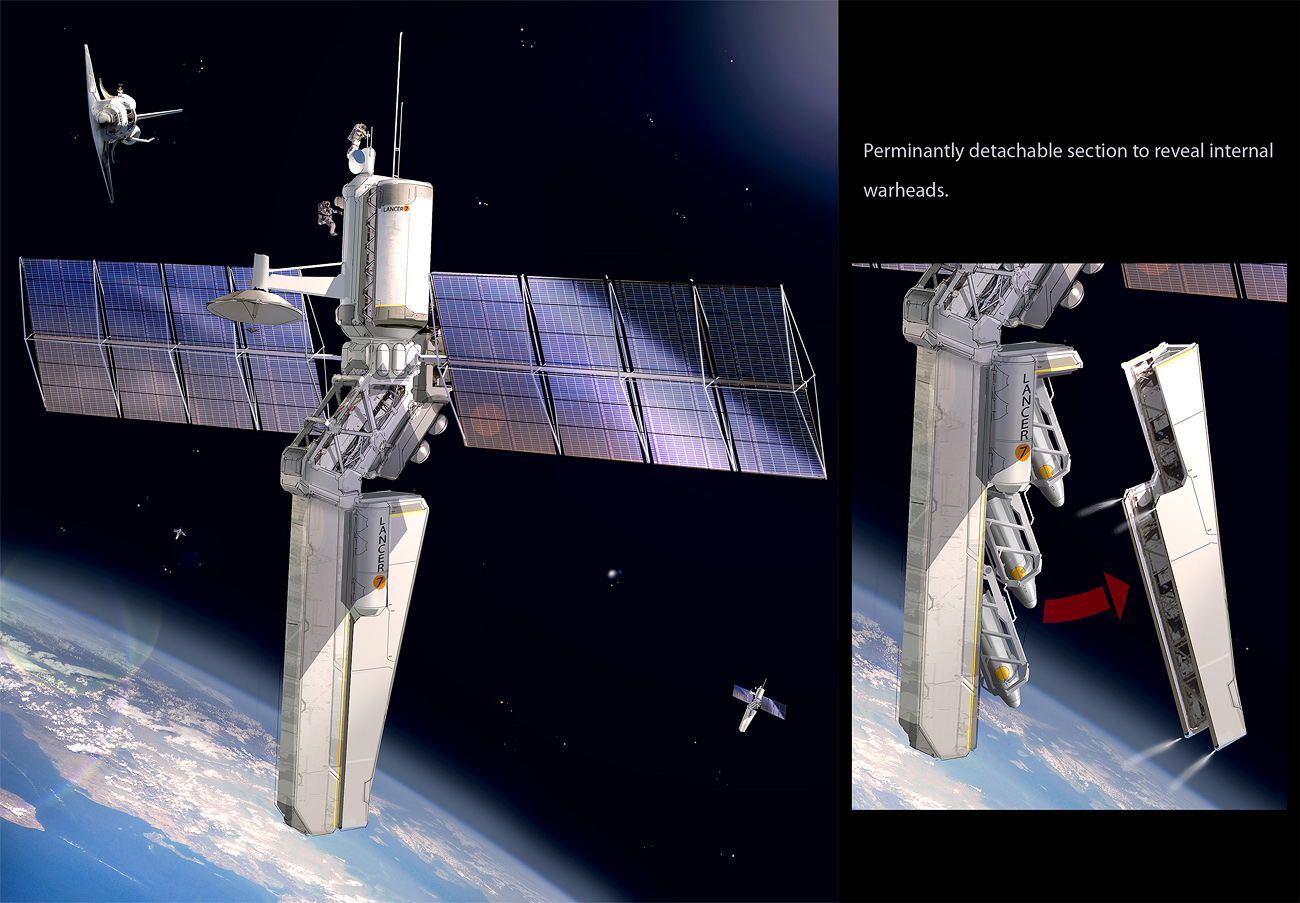
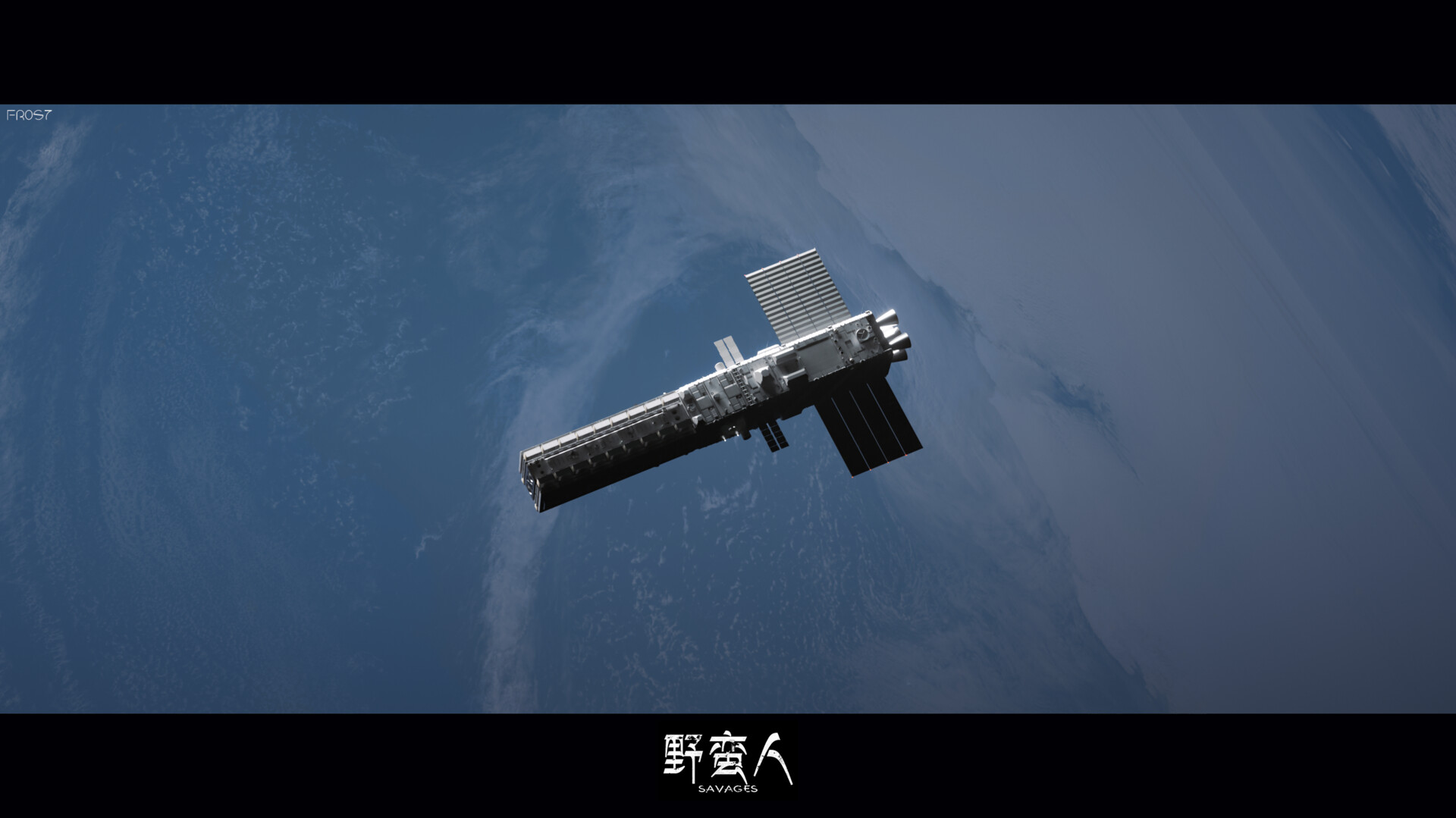
Types of engagement
Earth-to-orbitAlso known as Anti-satellite (ASAT) weapons. The most likely scenario for space warfare would be an engagement between Earth and orbit, with countries using ground deployment to strike at enemy’s satellite systems. This would include the use of anti-satellite weapons, which are capable of destroying or disabling an enemy's satellites. This would have a significant impact on the ability of countries to communicate and navigate, as well as on their ability to launch new satellites. As of writing this article, this the most advanced of all the types of engament, having been tested by countries such as The United States, Israel, India, China, and Russia.
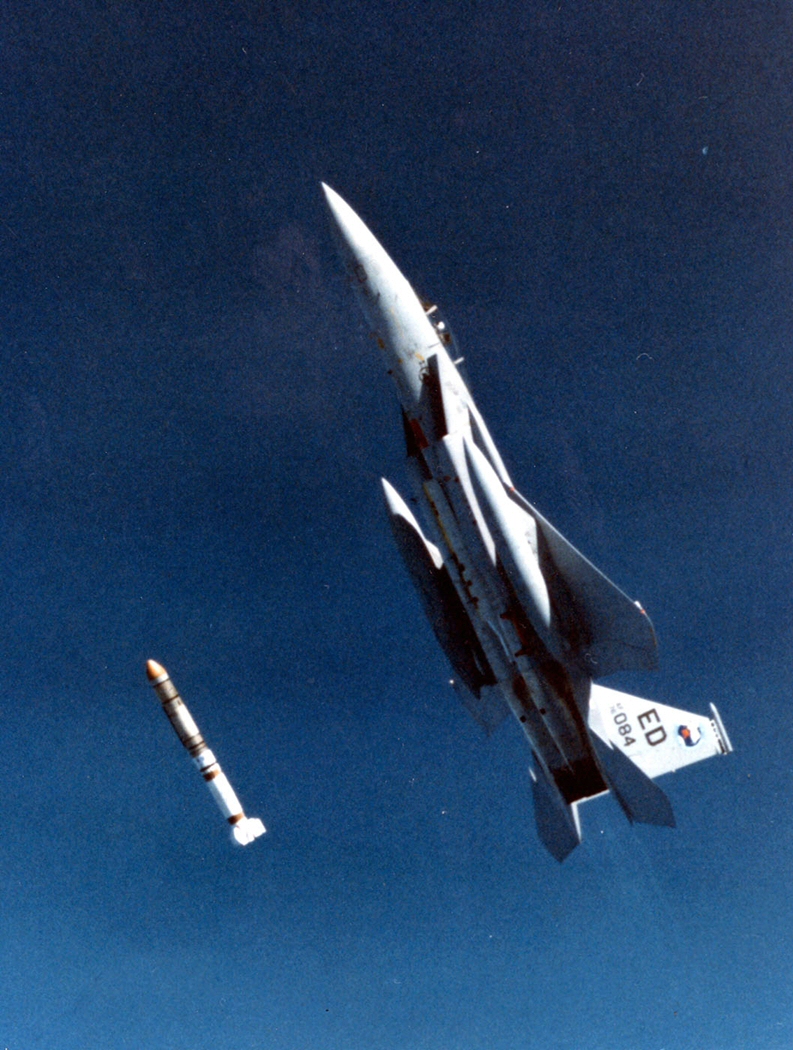





Orbit-to-orbit
Orbit-to-orbit engagements would involve the use of weapons systems that are based in orbit and are capable of attacking other satellites or spacecraft. This would include the use of kinetic weapons, such as projectiles, as well as directed energy weapons, such as lasers. These systems would have the advantage of being able to strike at an enemy's satellites without ever having to enter the Earth's atmosphere.

Orbit-to-Earth
Orbit-to-Earth engagements would involve the use of space-based weapons systems to strike at targets on the ground. This would include the use of kinetic weapons, such as projectiles, and directed energy weapons, such as lasers. These systems would have the advantage of being able to strike at an enemy's ground-based infrastructure, such as military bases and industrial complexes, without ever having to enter the Earth's atmosphere.



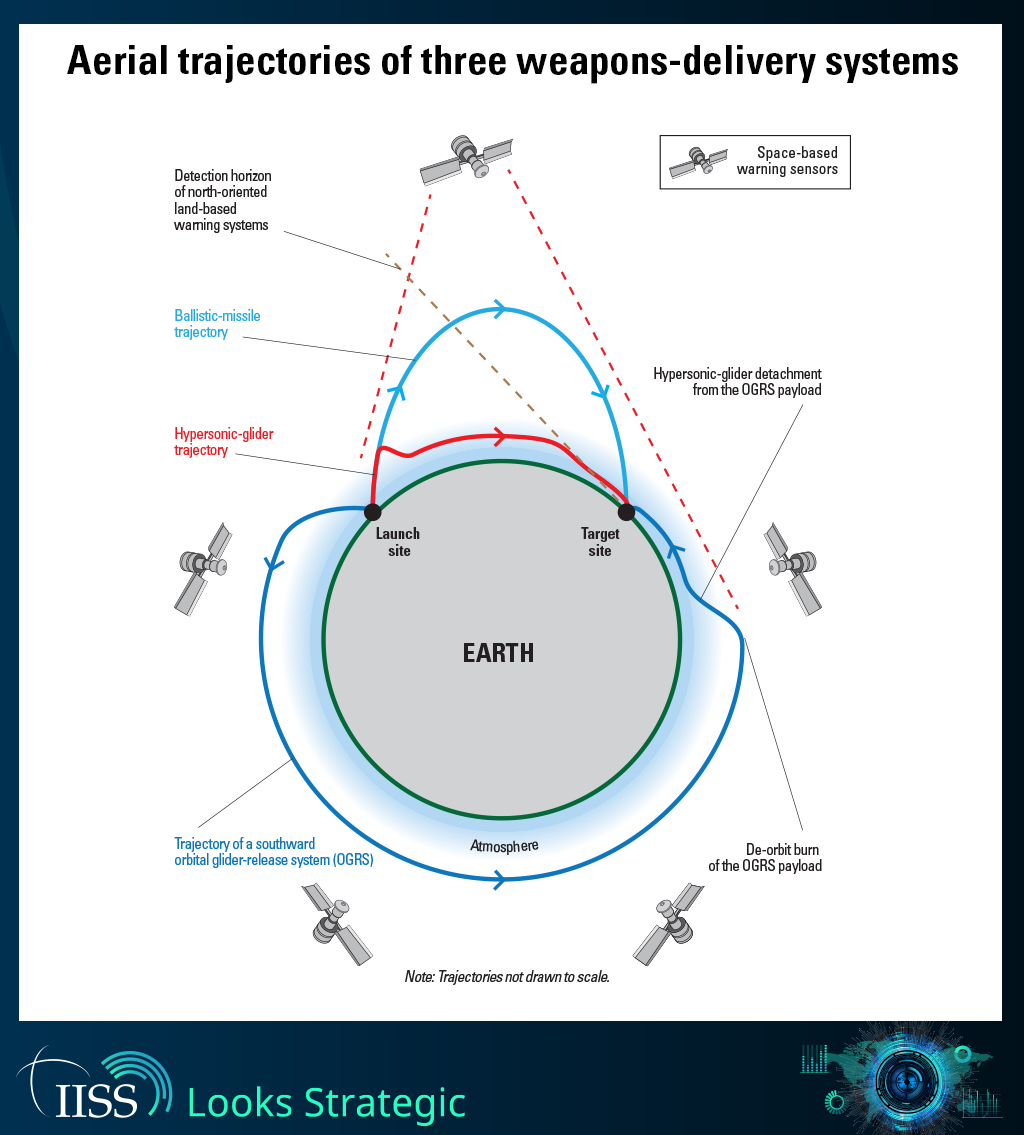
Planetary surfaces: Moon
Lunar surface skirmishes and warfare is an area of space warfare that has not yet been explored in reality, but is an active area of research and speculation. Lunar surface warfare would be vastly different from warfare on Earth due to the lack of an atmosphere and the reduced gravity.
In terms of handheld weapons, it's likely that they would have to be modified to function in the harsh lunar environment and account for the reduced gravity. For example, weapons would need to be designed to function in vacuum, as well as protect soldiers from extreme temperatures, radiation, and micrometeoroids. Additionally, the reduced gravity would require soldiers to wear special suits and equipment to keep them anchored to the surface.
Another challenge of lunar surface warfare would be mobility, due to the reduced gravity and rugged surface. It would be difficult to traverse the lunar surface quickly or move heavy equipment, and mobility would likely have to be assisted by vehicles or other specialized equipment.
Finally, the lack of an atmosphere on the Moon would make it very hard for conventional explosive weapons to be effective. The vacuum would prevent the detonation of chemical explosives and would not propagate a blast wave, thus making it less destructive. Furthermore, the lack of an atmosphere would also make it difficult to hide from surveillance and target acquisition, thus making it more difficult for surprise attacks.
Overall, lunar surface warfare would present unique challenges that would require new technologies and tactics to overcome. While the development of such technologies and tactics is still in the realm of speculation, it is clear that warfare on the lunar surface would be vastly different than warfare on Earth and would require different equipment, tactics and training to be effective.




Types of weapons that might be used in space conflict
| Weapon Type | Use-case | Damage Level | Countermeasures |
|---|---|---|---|
| Kinetic Kill Vehicles (KKVs) | Destroying or disabling satellites in orbit or attacking ground-based targets | High | Hardening of satellite components, use of decoys or other defensive systems, missile defense systems |
| Directed Energy Weapons (DEWs) | Disabling or destroying satellites or other space-based assets or attacking ground-based targets | High | Hardening of satellite components, use of decoys or other defensive systems, passive cooling systems, missile defense systems |
| Electronic Warfare (EW) | Disrupting or jamming communications or other electronic systems on satellites or other space-based assets or ground-based assets | Moderate to High | Use of encryption, use of frequency hopping or other communication hardening techniques, use of anti-jamming systems, missile defense systems |
| Cyberattacks | Disrupting or disabling satellite or ground-based control systems, stealing or destroying data | Moderate to High | Cybersecurity measures such as encryption, firewalls, and intrusion detection systems, developing backups and redundancy plans, missile defense systems |
| Ground-based Anti-satellite (ASAT) missiles | Destroying or disabling satellites in low-Earth orbit | High | Hardening of satellite components, use of decoys or other defensive systems, Surveillance, early warning and tracking systems |
| LEO-to-Earth Stealth aerial deployment weapons | Attacking ground-based targets from low-Earth orbit. Deploying assets such as drones or other equipment from fast descent capsules anywhere on the planet | High | Missile defense systems, hardening of critical infrastructure and military assets, early warning and tracking systems |
| Nuclear Weapons | Attacking ground-based targets from low-Earth orbit with concieled nuclear weapons on descent stages. | Extreme | missile defense systems, civil defense measures, early warning and tracking systems |
| Asteroid divergence (more far-fetched) | Diverting an asteroid and aiming it to an enemy ground territory. | Extreme | missile defense systems, civil defense measures, early warning and tracking systems |
It is crucial to note that the deployment of nuclear weapons in space would have severe political, legal, and humanitarian implications. Their use would violate several international treaties such as the Outer Space Treaty, and the use of such weapons could have catastrophic and long-lasting effects on the environment and human society. The development, testing, deployment and use of nuclear weapons in space should be avoided at all costs and there is a strong norm against their use in space.
Impact of ASATs and in-space conflicts
Anti-satellite (ASAT) weapons, when used, can have a destructive impact on satellites. This can lead to the creation of thousands to millions of pieces of debris, known as "space debris," that can orbit the Earth for decades at high speeds. The Union of Concerned Scientists states that the destruction of a single 10-ton satellite can produce between 8 and 14 million pieces of debris measuring between 1mm and 1cm, 250,000 to 750,000 pieces measuring between 1cm and 10cm, and 5,000 to 15,000 pieces measuring greater than 10cm. These debris add to the existing 8,800 metric tons of space debris that are already present in space. These debris pieces can travel at speeds of up to 29,000km/h which make them a significant threat to other objects in orbit. The International Space Station has even had to conduct 29 debris avoidance maneuvers since 1999 to avoid collisions with debris.
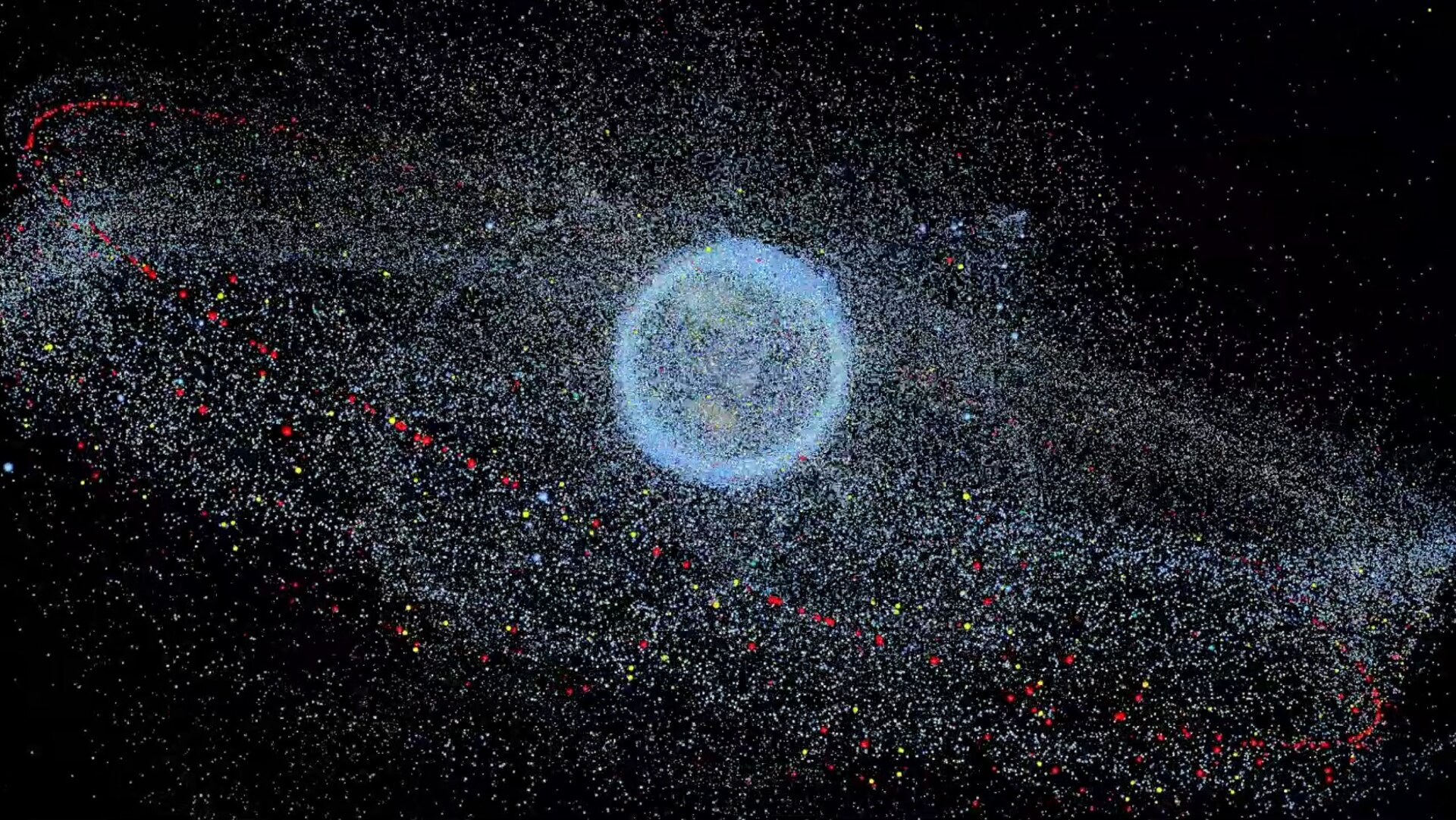
Conclusion
In conclusion, space warfare is an area of military conflict that is becoming increasingly relevant as more countries develop their own space capabilities. The ability to strike at an enemy without them ever knowing where the attack came from is a significant advantage, but the cost of development and maintenance of space-based weapons systems is a major drawback. The destruction of many satellites would also have a significant impact on global communications and navigation. Space warfare is a complex issue that would have far-reaching consequences for the future of humanity. The cost and risks of space warfare might make it less likely that countries would engage in it, but the potential for such a conflict is there, and it is crucial to be aware of the implications of space warfare and work to prevent it.References
- "Understanding Space Strategy The Art of War in Space" by John J. Klein
- “Original Sin: Power, Technology and War in Outer Space“ by Bleddyn E. Bowen
- "Space Security: Emerging Technologies and Trends" by Puneet Bhalla - This publication provides an overview of space security issues, including the potential for space warfare.
- "Space Warfare in the 21st Century: Arming the Heavens (Cass Military Studies)" by Joan Johnson-Freese
- "Space as a Strategic Domain" by The U.S. Department of Defense - This report discusses the importance of space as a strategic domain and the challenges that countries may face in operating in space.
- "Accessory to War: The Unspoken Alliance Between Astrophysics and the Military“ by Neil deGrasse Tyson and Avis Lang
- "Anti-Satellite Weapons, Countermeasures, and Arms Control" by T. H. Karas, M. Callaham, R. Dal Bello, and Gerald Epstein
- "Space Control and Space Warfare" by Paul Stares - This publication discusses the potential for space warfare and the strategies that countries may use to gain control of space.
- "Space War: How it Works and What it Means" by Brian Weeden and Laura Grego - This publication provides an overview of the potential for space warfare and the challenges that countries may face in operating in space.
- "Space Warfare and Defence" by Philip S. Jowett - This book provides a comprehensive overview of the potential for space warfare and the challenges that countries may face in developing and deploying space-based weapons.
- "Space Security Index: The Evolving Space Environment" by the Secure World Foundation - This publication provides an overview of current space security issues and the challenges that countries may face in securing their assets in space.